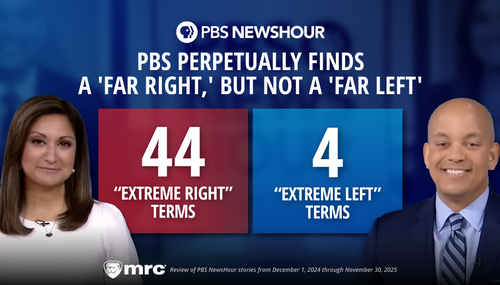In 1934, Congress gave famed Democrat President Franklin Roosevelt the authority to adjust tariff rates without its approval so that presidents could deal with times just like those President Donald Trump faces today, Constitutional Scholar Mark Levin explained Sunday.
“Look, you don’t have to love tariffs. You might not even like tariffs,” but they’ve been used by Democrat and Republicans alike since the country’s founding, Host Levin noted Sunday in the latest episode of “Life, Liberty and Levin,” presenting a list of all the presidents who have wielded tariffs:
“Tariffs were used by presidents of every party in every period of American history to try and give a breather to allow our industries to develop, because other countries, in many respects, were taking advantage of our country, as Donald Trump talks about all the time.”
“The president, under Article 2 [of the U.S. Constitution], is in charge of foreign policy – that includes trade,” Levin said, going on to cite specific authority Congress granted Pres. Franklin Delano Roosevelt (FDR):
“In 1934, Congress passed the Reciprocal Trade Agreements Act, which gave President Franklin Roosevelt the ability to change tariff rates by fifty percent and negotiate bilateral trade agreements without additional approval from Congress.”
“Why? Well, you look at Congress right now,” Levin explained:
“The Democrats closed the government. The Republicans have very small majorities. The Framers understood this. This is why, in national security and foreign policy issues, the president is commander-in-chief – with some input from Congress, no question.
“But, quick decisions, emergency decisions, fundamental decisions, you have an executive branch. Congress still have the power to pass legislation, has the power of the budget to withhold monies for certain acts by the executive branch – but, sometimes, decisions have to be made.”
“So, to me, there was no non-delegation issue, this 1934 act, or to the Supreme Court,” Levin concluded.
The Reciprocal Trade Agreements Act (RTAA) gave FDR the unilateral authority to adjust tariff rates, as well as to negotiate bilateral trade agreements. Between 1934 and 1939, Roosevelt used his RTAA authority to obtain trade agreements with 19 countries, helping the U.S. recover economically from the Great Depression.
“Through the RTAA, Congress set the framework for international trade negotiations and empowered the President to exert American leadership in the international trading system,” the United States Trade Representative explains:
“The RTAA served as an integral step in America’s transition from economic crisis to global leadership. FDR believed that a complete and permanent recovery depended on strengthened international trade to increase domestic growth and demand.”




